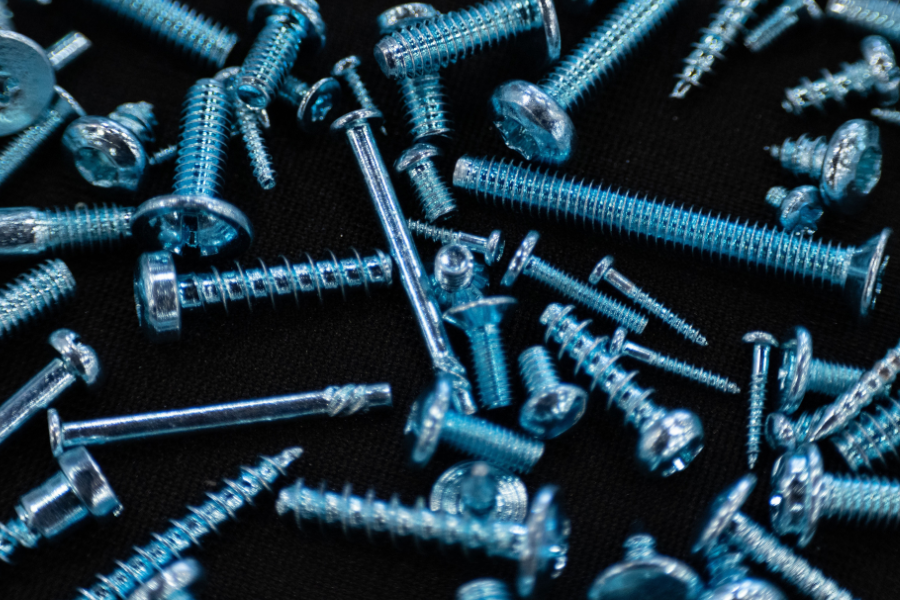In manufacturing organizations, the customer is always the ruler, and buying experiences tend to demonstrate the value of this sentiment. Manufacturers who want to capitalize on the new digital B2B and B2C trends should reconsider how they build customer journeys, especially when starting to sell products online.
Improving your customer journey will build trust with your customers.
A technical buyer now completes more than half of the buying experience online long before engaging directly with a company. Digital transformation is about listing your products online with an engaging buying experience. The design of your customer journey in manufacturing could make or break your business as new customers reach you.
Here is why the customer journey in manufacturing is vital to success in the modern, digital economy.
Key Takeaways:
- Growing demand for better customer journeys in manufacturing is reshaping the buying experience
- Today’s manufacturers need to compete by providing frictionless buying experiences with optimized journey designs
- The use of technology allows manufacturers to reach more customers, but brand loyalty will likely depend on the e-commerce journey design
- When rethinking your customer journey design in manufacturing, you’ll need to make data-driven decisions
Why the Customer Journey in Manufacturing is More Important than Ever
Customer expectations continue to evolve almost as fast as new technology becomes available. The expansion of markets using digital services like e-commerce means manufacturers are competing for every sale.
A manufacturer’s experience and journey design influences a buyer’s purchasing decisions. More manufacturers will have to compete on more than just the price and availability of a product. To succeed in highly competitive environments, every hardware manufacturer should consider the buyer’s experience when designing their customer journey.
What to Consider in Your Buyer Journey Design
Just the last two years saw massive changes in how customers and buyers evaluate manufacturers. While some were ready to deal with the disruptions, many were caught off guard and had to scramble to establish digital B2B and B2C services.
Some of the elements that make a digital buyer journey’s design vital are:
- “Servitization” of products – The nature of the customer and manufacturer relationship no longer focuses on single-transaction deals
- Changing buyer expectations – Buyers now want consumer-like experiences with details of all available SKUs online before making contact with the company
- Competition is tougher – Product attributes and brand value now take a back seat compared to the buying experience you provide your customers
- Revenues are tighter – Designing a frictionless buying experience attracts new customers, streamlines internal processes, and helps add new efficiencies to your manufacturing and sales initiatives
How to Design a Frictionless Buying Experience for Manufacturing
Most buying experiences today have more autonomous touchpoints that guide buyers to the right product or service. The path-to-purchase depends on whether your company is ready to engage with a buyer at any point. Self-service tools can help buyers make decisions confidently without needing salespeople.
By the time a prospect or lead does make contact with the company, they have already done extensive research. Empower your sales team with the right information about where exactly a buyer is in the journey.
Here are four tips for designing your customer journey for manufacturing.
1. Map Out the Entire Buying Journey
Journey mapping is the first step to optimize your customer’s experience. Put yourself in a buyer’s mind and understand how they would approach a company from the first search to finally placing an order.
The two main elements you need to understand are:
- The goal buyers are trying to achieve and the purpose behind their visit
- How to use this information to optimize the experience design by eliminating friction points
Once you understand the buyer’s motivations, tailor every experience to suit their needs.
2. Make Data-Driven Decisions About the Customer Journey Design
Too many organizations still think that trusting their gut is the best way to sell products. Today, every visitor, click-through, conversion, cart abandonment, or other metric provides you with actual data that you can use to make better business decisions. After you build your customer journey, generate analytics that demonstrate how effective your design is.
When changing the design, ensure you back it up with data that supports the change. You’ll also need to continue measuring the performance after every new iteration of the journey design.
3. Collaborate Internally to Optimize the Design
Avoid making the journey design the sole responsibility of your marketing department. Let your technical teams collaborate about the best design and frequently review the customer’s experience using your technical resources. Consider elements like personalization, customization, and configuration of products according to a buyer’s unique needs. By getting input from all your technical, marketing, and sales resources, design a journey that eliminates friction points, provides an engaging experience, and easily drills down the necessary technical information.
4. Invest in New Digital Technologies
Finally, check what your competitors are doing and how they design their journeys. 3D product visualization tools with product configuration services drive engagement and increase conversions.
As the product becomes more complex, it becomes more critical to provide rich and engaging visuals to visitors. Technologies like 3D rendering with WebGL are now essential to the buyer’s journey and will continue to influence B2B sales well into the future.
Learn More About Trends in Customer Journey Design at International Fastener Expo 2021
Manufacturers who want to learn from other companies and engage with buyers directly should attend this year’s International Fastener Expo. With so many different hardware manufacturers and customers attending the same event, IFE is the perfect place to learn everything you need to know about today’s technologies, services, and, most of all, buying motivations. To book your place at IFE 2021, register here.








